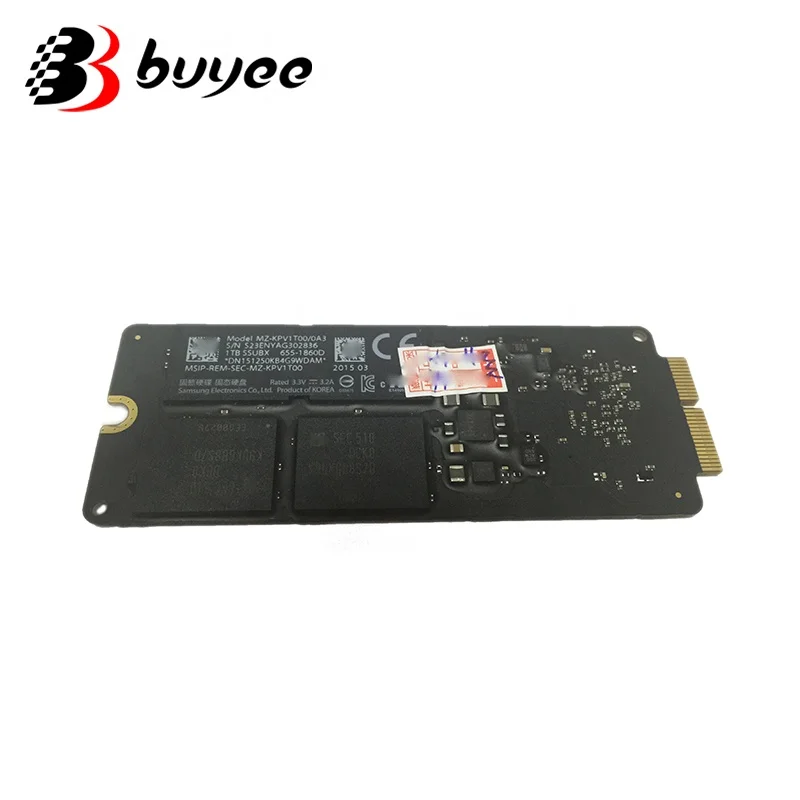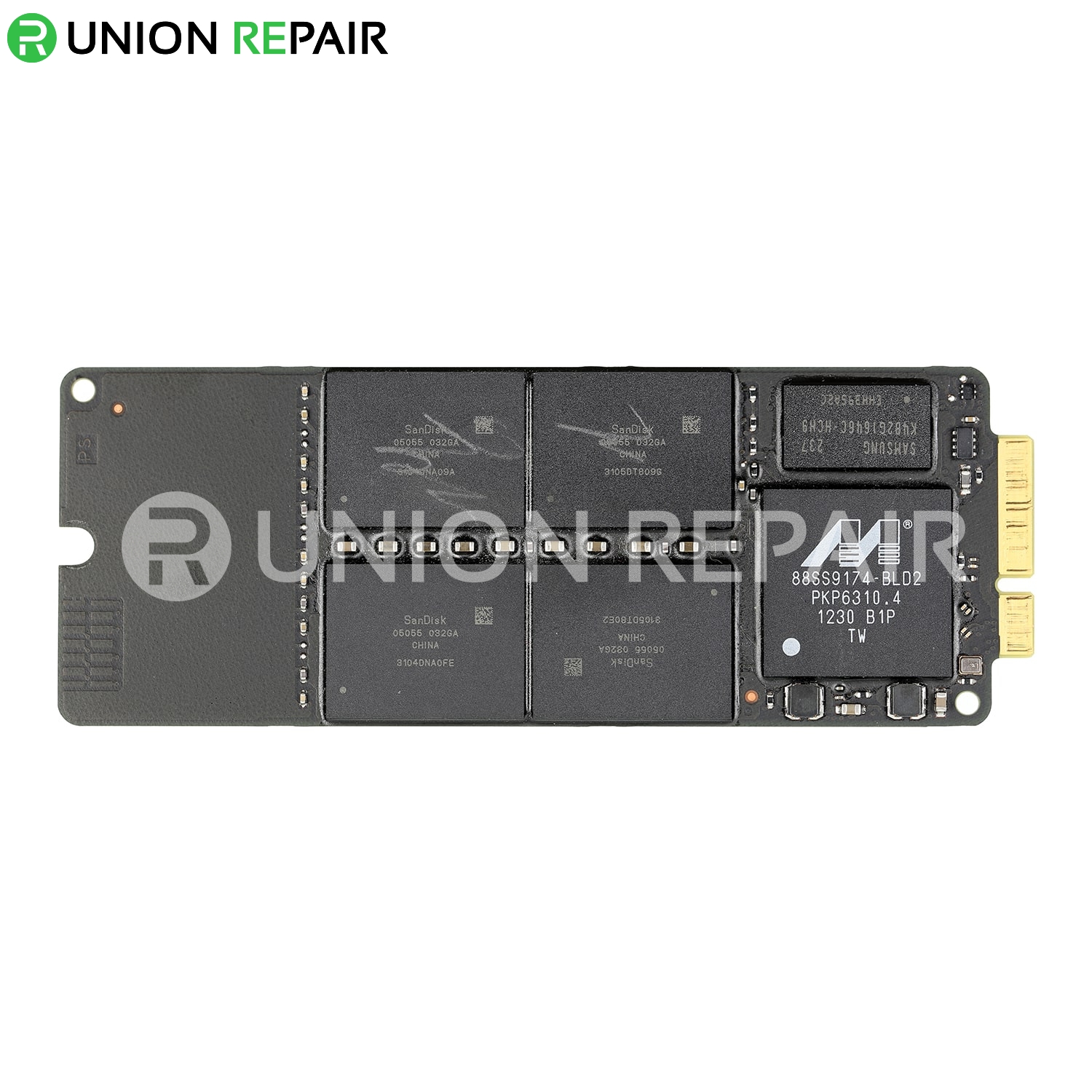


Unlike lithium, magnesium is not considered a rare earth material and is abundant in the earth's crust. This superconductivity of magnesium ions may have thus hit a record, but it is the minimum required for practical solid-state battery production, so the team of Japanese scientists is now focused on improving the conductivity level of the new magnesium-based material even further. Here, we additionally introduced a "guest molecule," acetonitrile, into the pores of the MOF, which succeeded in strongly accelerating the conductivity of Mg2+.Īs a result, the typically low level of magnesium ions' conductivity in solid materials at room temperature, has been greatly increased to reach the 10-3 S cm-1 threshold required for tangible application in solid-state batteries. MOFs have highly porous crystal structures, which provide the space for efficient migration of the included ions. In this work, we exploited a class of materials called metal-organic frameworks (MOFs). The decades-long magnesium conductivity hurdle before replacing lithium as a solid-state battery material has been overcome by adding organic materials and an accelerator. Junior Associate Professor Masaaki Sadakiyo explains the breakthrough as follows:

Researchers from the Tokyo University of Science have cracked the code of using plentiful magnesium instead of expensive lithium in the next generation of solid-state electric vehicle batteries.


 0 kommentar(er)
0 kommentar(er)
